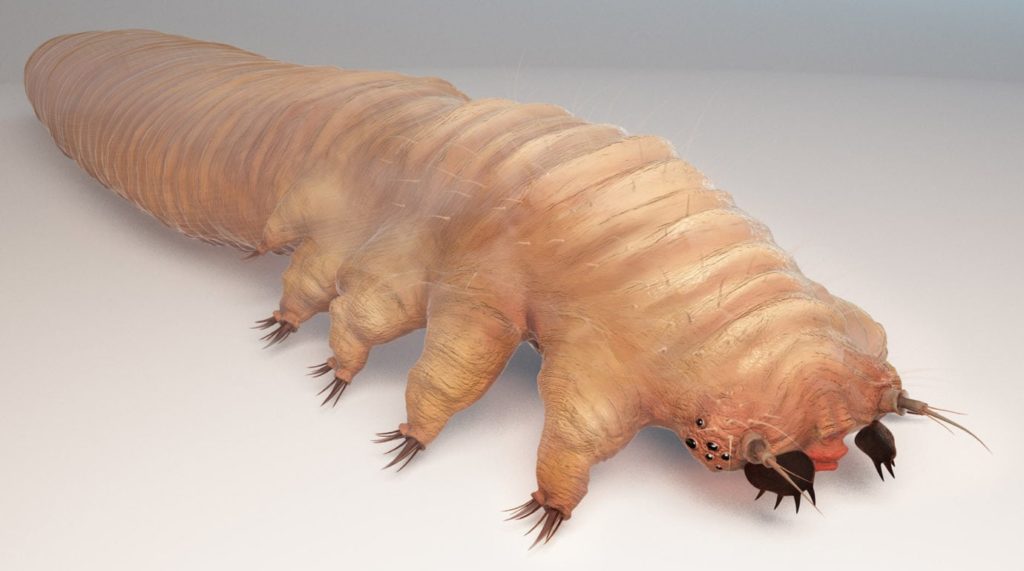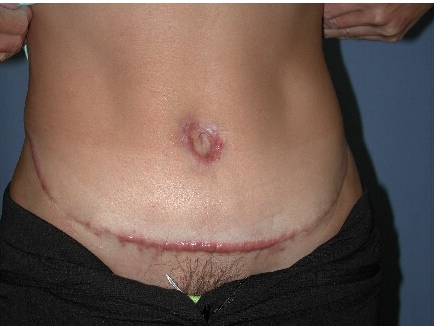Thick scars that occur after surgery or trauma are poorly understood. These hypertrophic scars occur in
- some individiulas more than others
- more in darkers skin individuals
- areas of trauma from accidents
- in some areas of the body and face such as around the ears, nipples, lower abdomen and pubis, chest and back
- never in the upper eyelids!
Hypertrophic scars can be thought of as a disorganized healing of tissue. In its extreme case it is known as a keloid. Whereas the hypertrophic scar stays in the same location as the initial skin injury ( be it trauma or surgical blade), a Keloid is a type of hypertrophic scar that grows beyond the boundries of the initial break in the skin.
Causes of hypertrophic scars
What actually leads to a hypertrophic scar is not well understood – if at all.
- Maybe its has to do with skin tension being too much
- Maybe it is due to the inflammation that occurs when sebaceous glands are cut as these types of il glands are very common in the areas of the body where hypertrophic scars happen.
- Maybe it is due to the Demodex mite that lives on our skins and when disturbed by trauma or a surgical blade, puts out a toxic juice that causes and inflammation of the skin leading to the scar becoming thick.

Treatments for thick scars
A number of treatment options are available though none are more than 50% effective.
- Re-excision ; cutting the thick scar out and re-sewing seems to improve the scar in some patients- not all.
- Injection with steroids ; either before or after excisions, and even without excision of the scar seems to help some patients – not all
- Pressure ; more used for keloids, the idea here is that you apply pressure to the scar to calm it down- How this works is unknown but it does help some – not all
- Silicone tape or gel also seems to help scars become thinner and less red but again how this happens is unknown.
- Laser treatments can primarily reduce the redness of the scars but do not flatten them much
- Radiation treatment has been shown to flatten scars but is rarely used as it causes other problems- such as cancer- itself.
- Time – most scars will improve by themselves given time. 60% of scars are hypertrophic at 6 months but then become normal.
So,
your best bet is to wait 9 months and if it still needs improvement, cut out the scar and inject with steroids and use silicone tape or gel for three months…and pray.






Recent Comments